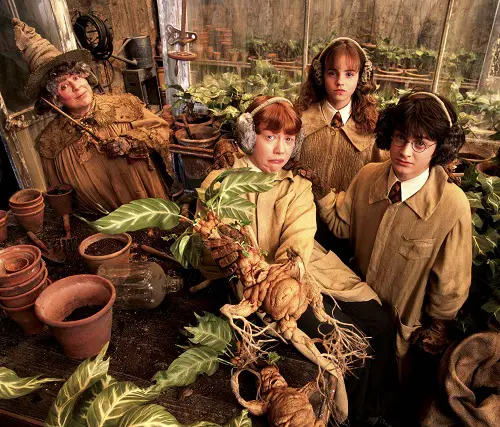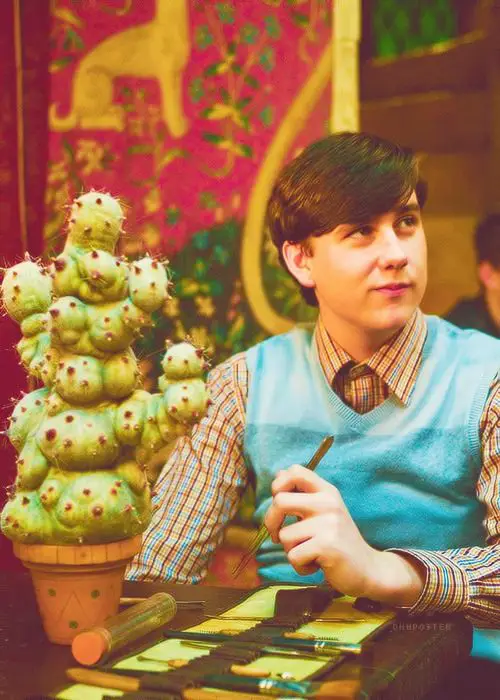You must have a recollection of the Harry Potter Plants that we all saw in that blockbuster movie! But are they for real? Let’s find out!
Your kids must have asked you about Harry Potter plants and you might also have got a request from them to get these specimens for the garden or their room. If you just nodded, well, we have good news for you! Keep reading!
SpongeBob Flowers that Exist in Real
Harry Potter Plants
J.K. Rowling’s best-selling fantasy series, Harry Potter, contains magical plants. Many of these are fictional, but some of them are based on actual plants, or even have real-world relatives.
1. Mandrake

In the movie, the juice of these magical plants was used as a powerful potion to bring someone back from near death.
In the real world, Mediterranean mandrakes also have medicinal, analgesic, and soothing properties. However, these are poisonous and cause serious health problems if ingested or handled improperly.
Look at the Best Magical Plants that Radiate Magic
2. Devil’s Snare

 Devil’s Snare was an evil plant in the book that could strangle or constrict anything that came into contact with it.
Devil’s Snare was an evil plant in the book that could strangle or constrict anything that came into contact with it.
In the real world, the plant is actually Strangler Figs, which are parasitic vines that grow on existing trees, eventually enveloping them and restricting their growth. However, the one in the movie was a fictionalized version of this.
3. Gillyweed
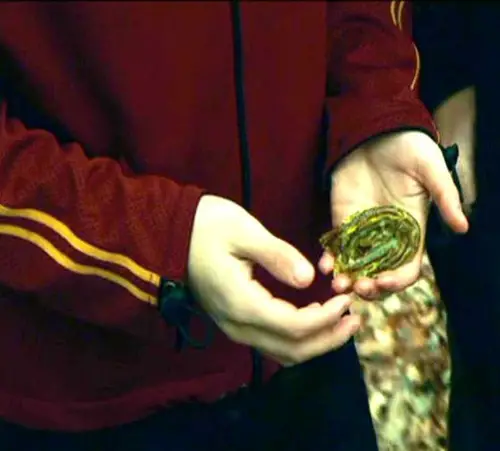
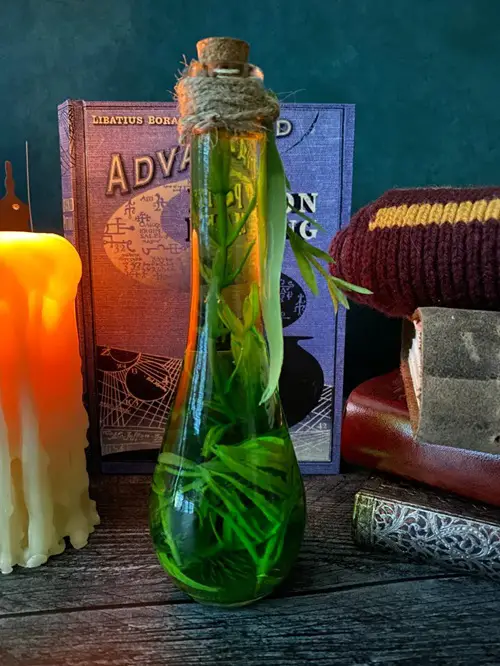
Gillyweed grants the ability to breathe underwater and makes one develop webbed hands and feet for a limited time when eaten in the movie. It plays a crucial role in Harry’s second task during the Triwizard Tournament in Harry Potter and the Goblet of Fire.
In reality, the plant is similar to kombu, which makes sense due to its underwater habitat and nutritional value.
4. Whomping Willow
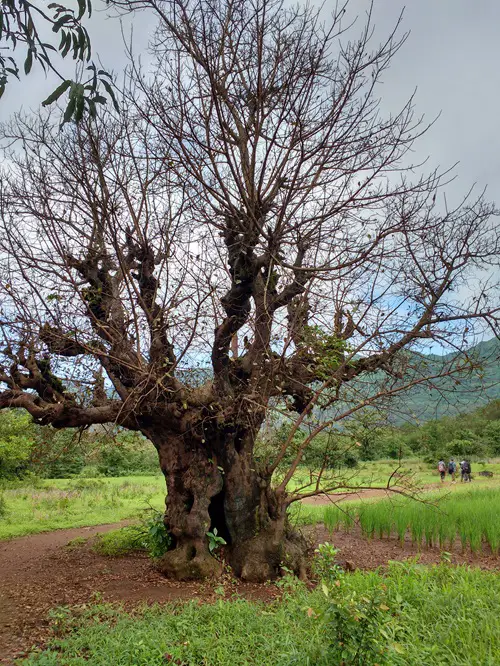
The Whomping Willow is depicted as a violently defensive tree in the movie. Its branches attack anyone or anything that gets too close, capable of causing serious injury.
While the tree looks similar to Weeping Willow, the plant in the book was the author’s imagination!
5. Aconitum
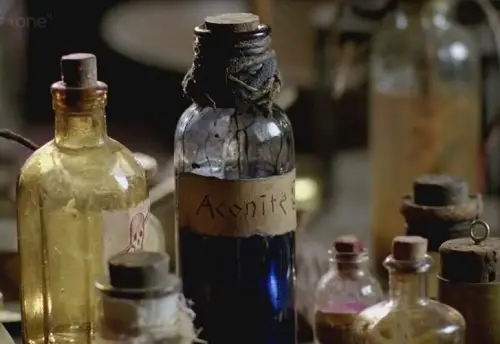
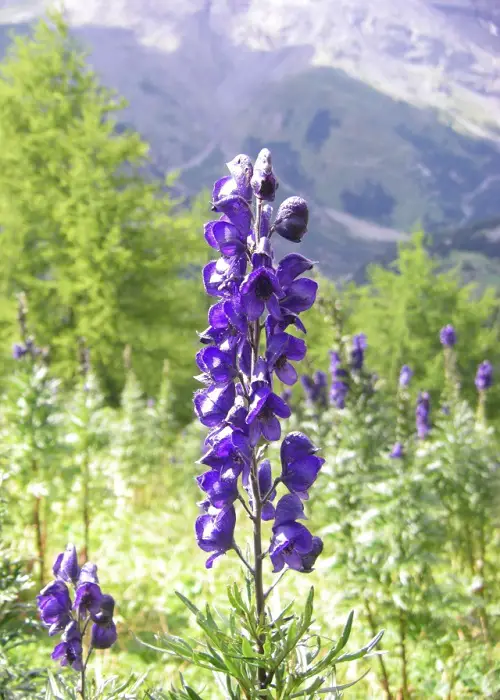 Aconite’s flowers play a crucial role in Harry Potter, particularly in the creation of the Wideye potion. It serves the vital purpose of reviving individuals from deep sleep or preventing them from falling asleep altogether.
Aconite’s flowers play a crucial role in Harry Potter, particularly in the creation of the Wideye potion. It serves the vital purpose of reviving individuals from deep sleep or preventing them from falling asleep altogether.
In the real world, Aconitum, also known as Monkshood or Wolfsbane, is a perennial herb highly renowned for its striking dark purple to blue flowers.
Check out Weeds with Blue Flowers
6. Asphodel

Asphodel roots are used in the Draught of Living Death potion in Harry Potter – known for its powerful sleeping properties.
In today’s era also, there are some stories attached to this plant. The Greek legend connects Asphodel with the dead, mourning, and the underworld.
7. Dittany
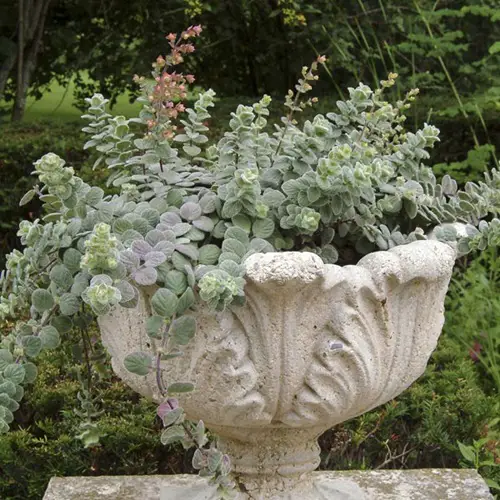
Dittany, a fascinating plant in the Harry Potter series, possesses healing and restorative properties capable of causing fresh skin to grow over a wound. This remarkable ability was demonstrated when Ron lost a piece of his arm due to Splinching.
In the real world, Origanum dictamnus is used in herbal tea to relieve cough, cold, mild disorders of the stomach, and digestive problems.
8. Ball Cactus
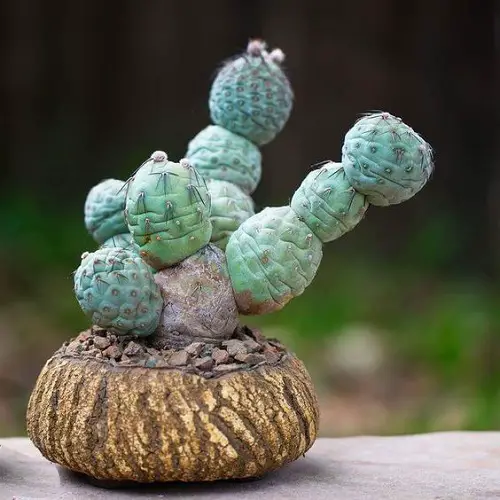
It is a magical plant with unique properties. It releases a substance called Stinksap, a dark green non-poisonous liquid used in potion making.
This shares similarities with the real-world ball cactus in appearance. The distinguishing factor would be the real one is easy to care for and popular for its beautiful flowers, while the potter’s one has a fictional usage!


